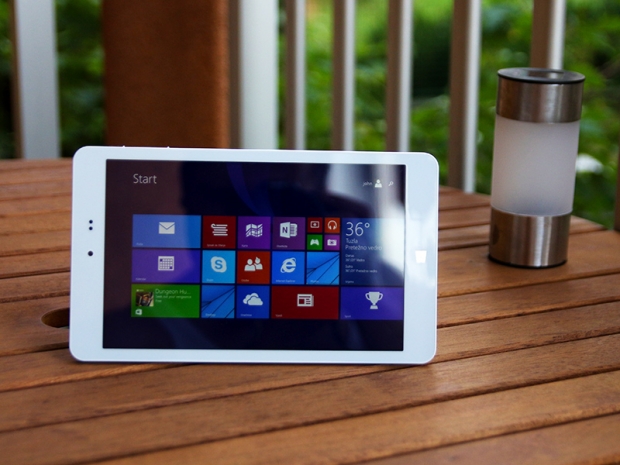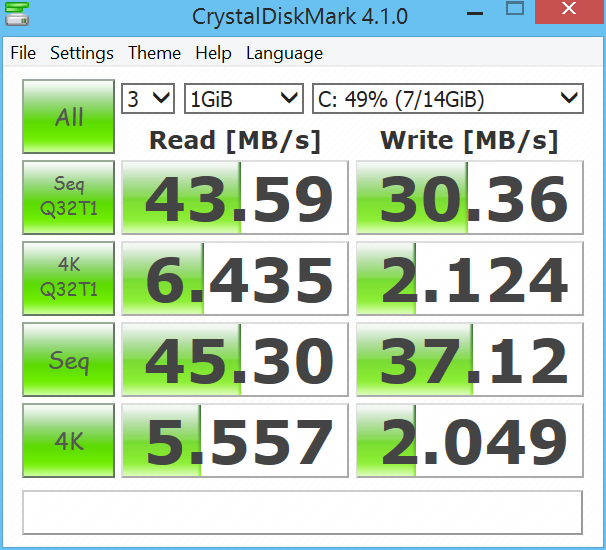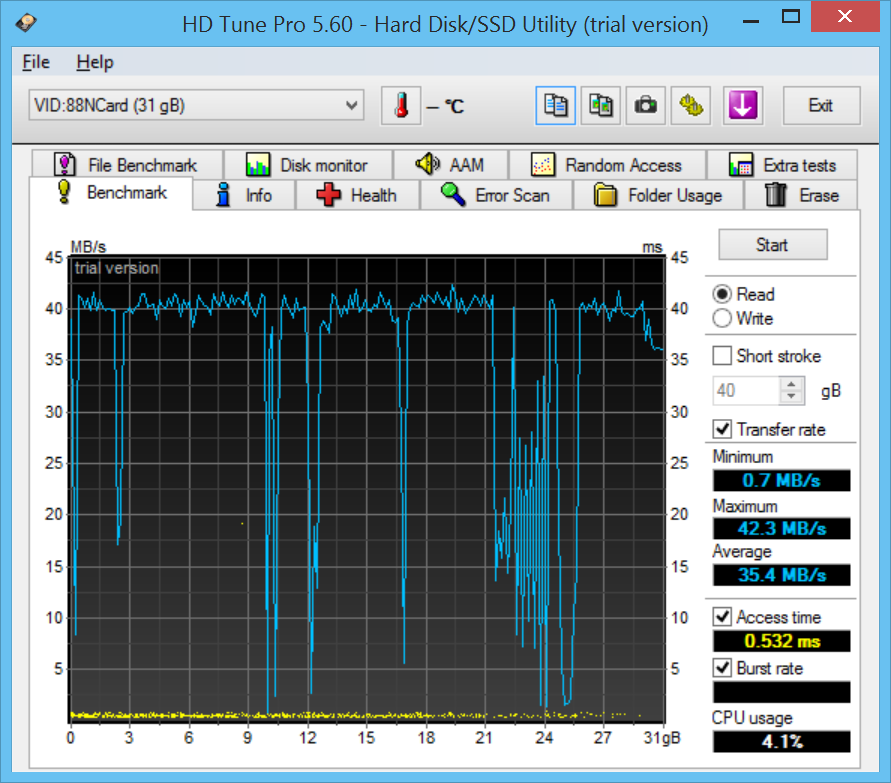Index
Chuwi Hi8 Specs and Performance
Based on Intel’s Atom Z3736F SoC, the tablet comes with 2GB of RAM and 32GB of storage, which is more than enough for this market segment. However, since this is a dual-boot device, the storage is divided between Windows and Android. This means you end up with 14GB at your disposal in Windows, and 6.8GB in Android.
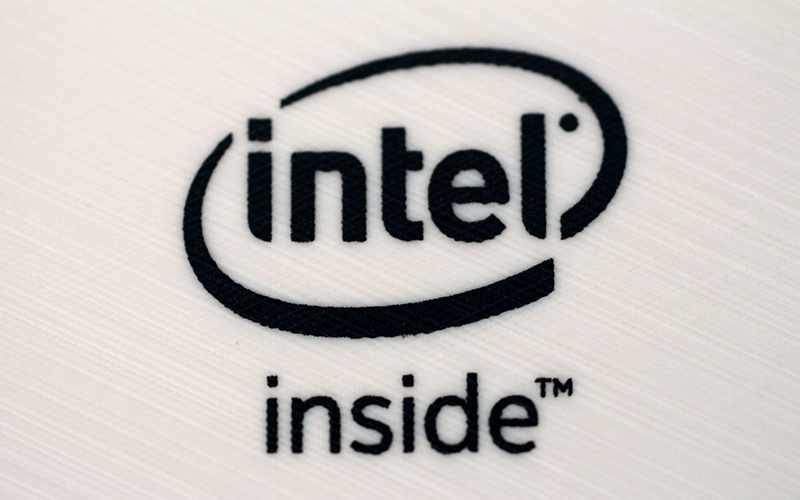
Chuwi Hi8 spec sheet:
- SoC: Intel Atom Atom Z3736F, 22nm
- CPU: Four 64-bit x86 cores clocked at 1.33GHz to 2.16GHz
- GPU: 7th generation Intel HD Graphics, clocked up to 646MHz
- Storage: 32GB internal eMMC, micro SD slot up to 64GB
- OS: Windows 8.1, Android 4.4 (dual-boot)
- Rear camera: 2-megapixel sensor
- Front facing camera: 0.3-megapixel sensor
- Battery: 4000mAh lithium ion
- Dimensions: 211 x 123 x 8mm (8.29 x 4.83 x 0.31in)
- Weight: 304g
- Connectivity: 802.11b/g/n WiFi, Bluetooth
- Sensors: Accelerometer, ambient light sensor
Since we already tried out loads of Bay Trail devices, we just ran a few basic tests to check out the performance, which was in line with expectations. The Atom Z3736F is still a competitive processor, and the fact that it can run both x86 Windows and Android makes it unique.
Still, there are a couple of caveats. The processor is relatively fast, but the GPU falls behind some ARM-based solutions. If you are into Android gaming, you could go for something with a faster GPU. Storage tests indicate that the eMMC is not very fast compared to other China-brand Bay Trail systems we had a chance to test.
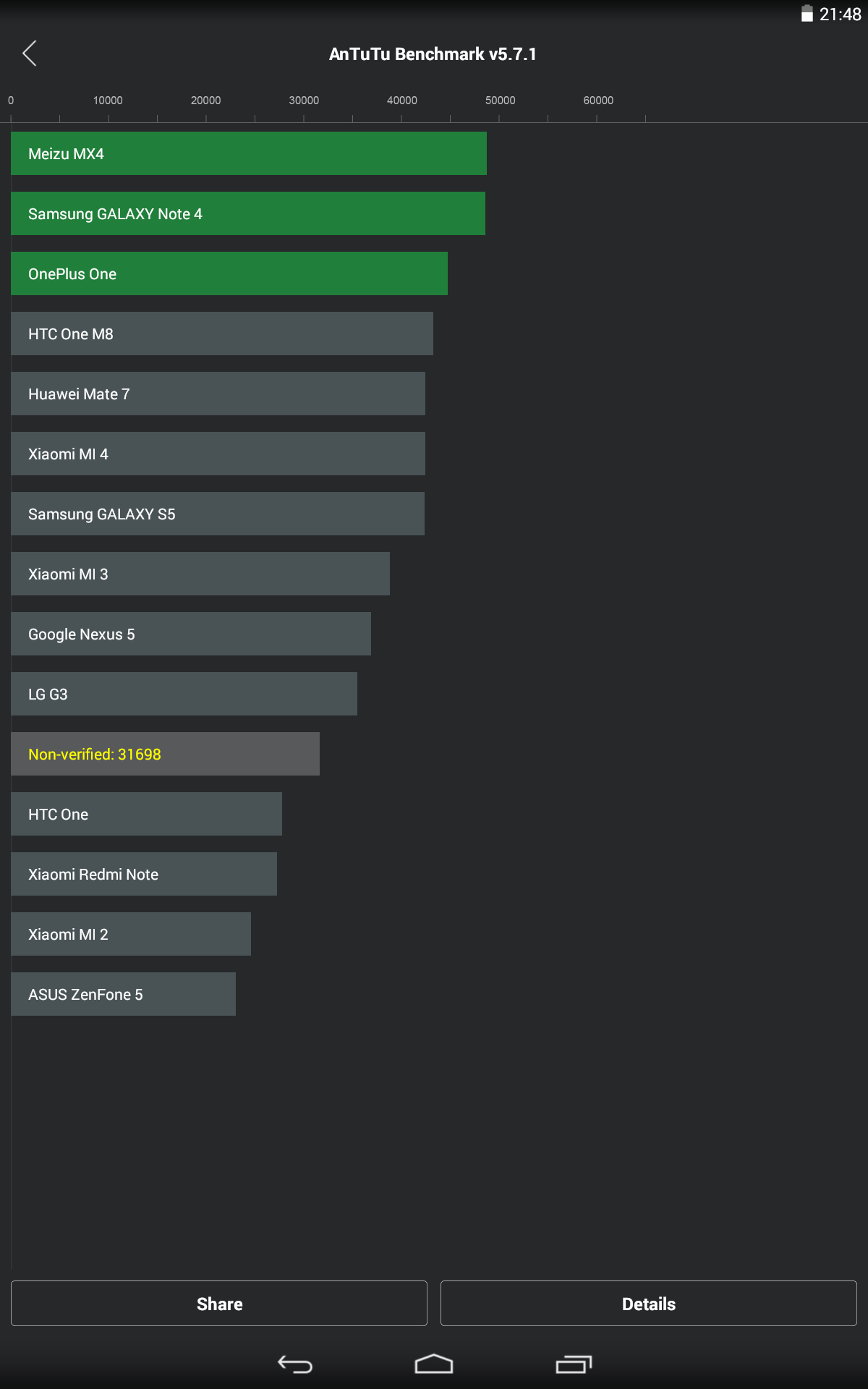
Even so, the overall performance is very good for an entry level device. In fact, just 12-18 months ago this would have been considered a flagship Android device in terms of performance, yet it sells for under $100.
Back to storage. This is pretty much the only weak spot in terms of performance. We've seen a lot better on Bay Trail tablets, and as a rule of thumb you can get read speeds north of 100MB/s even on $150-$200 devices.
This is obviously not the case here, but then again this is an entry-level device. Does the sluggish storage have a huge impact on performance? Not really. If this were a standard PC, then we would be inclined to say yes, but you are highly unlikely to copy loads of files on a Windows tablets, or work with very demanding applications. It could be better, but it's not the end of the world.

